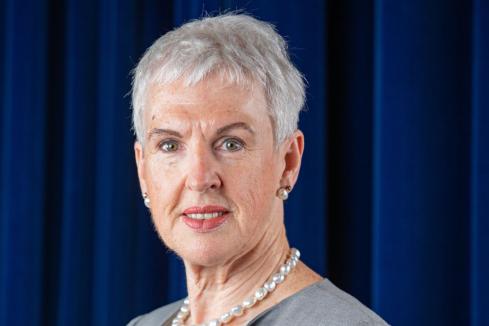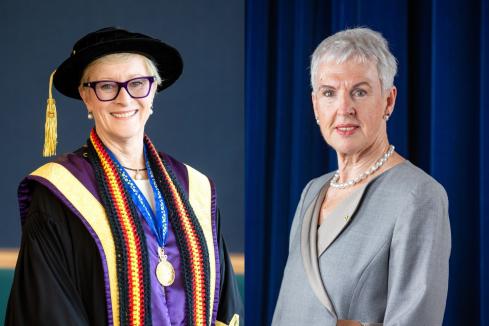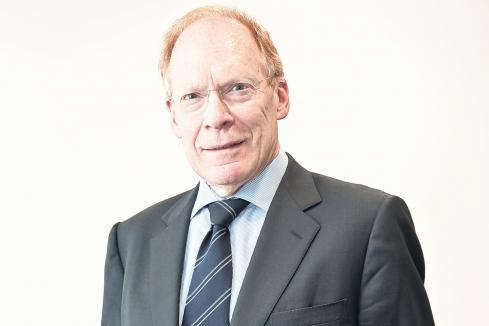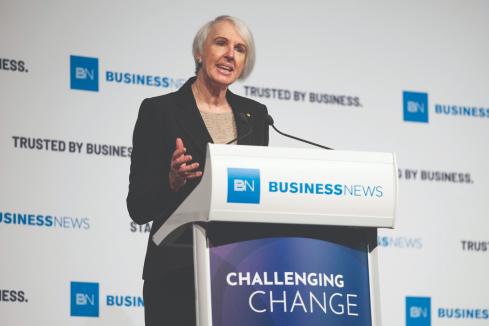
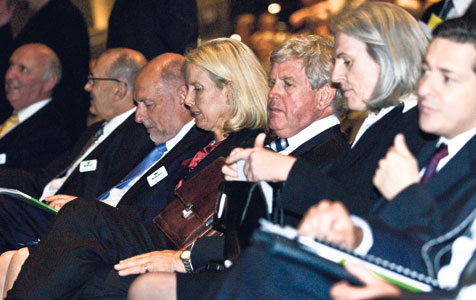
The significant issue of female representation in the boards of Australia’s companies has been pushed to the background amid the rhetoric of the gender wars being waged in Canberra.
Prime Minister Julia Gillard’s repeated raising of gender as a political issue is risking a backlash that may not just lose her votes, but could set back longer-term efforts to improve the voice of women in the nation’s boardrooms.
Recent polls show her decision to play the gender card has moved the needle for voters but in the wrong direction, at least according to Newspoll, with men reacting negatively to her views while women remain unchanged.
It is uncertain what that means when it comes to the lack of women directors, which was identified as an issue years ago by organisations such as the Australian Institute of Company Directors.
In Western Australia recently, both Sex Discrimination Commissioner Elizabeth Broderick and Workplace Gender Equality Agency director Helen Conway spoke on the issue at a CEDA function.
And last week, at another CEDA function, local business leaders such as Woodside and National Australia Bank chairman Michael Chaney, and Committee for Perth executive director Marion Fulker highlighted how frustratingly slow progress had been in that area.
Nowhere, it seemed, could it be worse than in WA.
An Australian Census of Women in Leadership 2012 report found Perth-based S&P/ASX 200 companies had the lowest female representation on their boards compared with those headquartered elsewhere. Those top WA companies, it found, had just 4 per cent of women directors against 12 per cent nationally in a survey that looked at the latest annual reports available in March 2012.
The state’s male-dominated resources sector receives much of the blame for this.
However, there are reasons to be positive.
A check of Business News’s BNIQ resource (available to subscribers) showed a significant increase on what the Workplace Gender Equality Agency’s census found in its year-old study.
According to our research, WA has more than double the female directors reported in the census, with at least 22 of the 265 board members listed for 38 WA-based companies in the S&P/ASX 200 being women.
That equates to 8.3 per cent, a figure that will rise to nearly 9 per cent when Sharon Warburton replaces Geoff Brayshaw on the board of Fortescue Metals Group in November as announced.
By comparison, in 2012, the UK’s FTSE 250 had 9.4 per cent female directors and Canada’s Financial Post 500 had 10.3 per cent in 2011. Outside of the Scandinavian countries of Norway, which as more than 40 per cent female board representation, Sweden (about 30 per cent) and Finland (more than 25 per cent) due to regulated quotas, the most comparable market is the US, which has around 16 per cent of Fortune 500 directors being women.
Almost half of the 38 WA companies (47 per cent) had at least one woman on their board. Given all but three of the current S&P/ASX 200 companies in WA are resources companies or heavily-focused on servicing the resources sector, that shows that increasingly large miners as well as oil and gas players have opened the door to women on their boards. That compares to the FTSE 250’s 54 per cent in the UK and FP500’s 58 per cent in Canada. Again the US dominates with 89 per cent for Fortune 500 companies.







